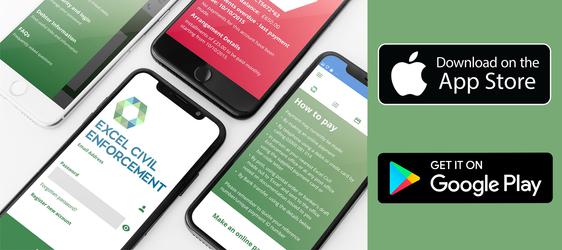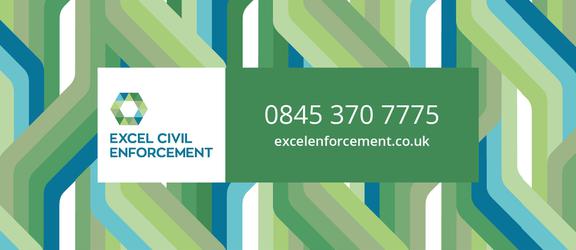Digital inclusion in enforcement

What is digital inclusion
The United Nations defines digital inclusion as:
“Equitable, meaningful, and safe access to use, lead, and design of digital technologies, services, and associated opportunities for everyone, everywhere.”
The UN states that individuals’ specific digital needs must be taken into consideration so as not to leave anyone behind. Achieving this requires affordable access to digital skills and tools, where they can participate equitably in safe, discrimination-free online spaces.
The UN also stresses the importance of actively engaging with the people who will use digital processes, especially those from marginalised communities. If we want people to embrace new technologies, they need to see them as inclusive, useful and trustworthy.
Building digital inclusion in enforcement
While the enforcement process usually begins with the Notice of Enforcement, a physical document, being posted, there are a variety of digital communication solutions which can be used at the same time to reach out to debtors encouraging and enabling them to engage with the enforcement agency in the way that works best for them.
Digital communications, which incorporate links to advice and/or enable action, will include:
- SMS
- Debtor app
- Rich text messages (RCS)
- Live chat/chat bots
- Informational avatar videos
These digital engagement channels can provide carefully constructed communication pathways with the debtor to make it easy for them to engage, make repayment arrangements and better manage their finances, as well as providing the enforcement agency and the local authority with further insights, based on the debtor’s digital behaviour, around aspects such as mental health, other vulnerabilities or financial hardship.
Providing a range of media is important. Some debtors will prefer to pick up the phone to speak to the enforcement agency, while others would prefer the anonymity of a chat bot to make all their arrangements without verbal or human interaction.
Digital inclusion in enforcement is not just about the communication with the debtor, but also about having all the resources they might need available digitally, such as an online income and expenditure forms, and signposting to further support and information.
For example, Excel has recently developed a number of targeted videos that relate to each stage in the debt recovery process, which can be provided at just the right moment through links and QR codes within digital and traditional communications.
In enforcement, digital inclusion is also about providing a number of ways to pay, so that the customer has control over the process, especially with Open Banking, and a mobile app, where a debtor with multiple debts, can view and manage them all in one place.
Non-digital inclusion
We must not forget that inclusion outside the digital arena is also key. For Excel, training plays a vital part to ensure that all our teams are trained on how to identify mental health and vulnerability, as well as equity, diversity and inclusion.



